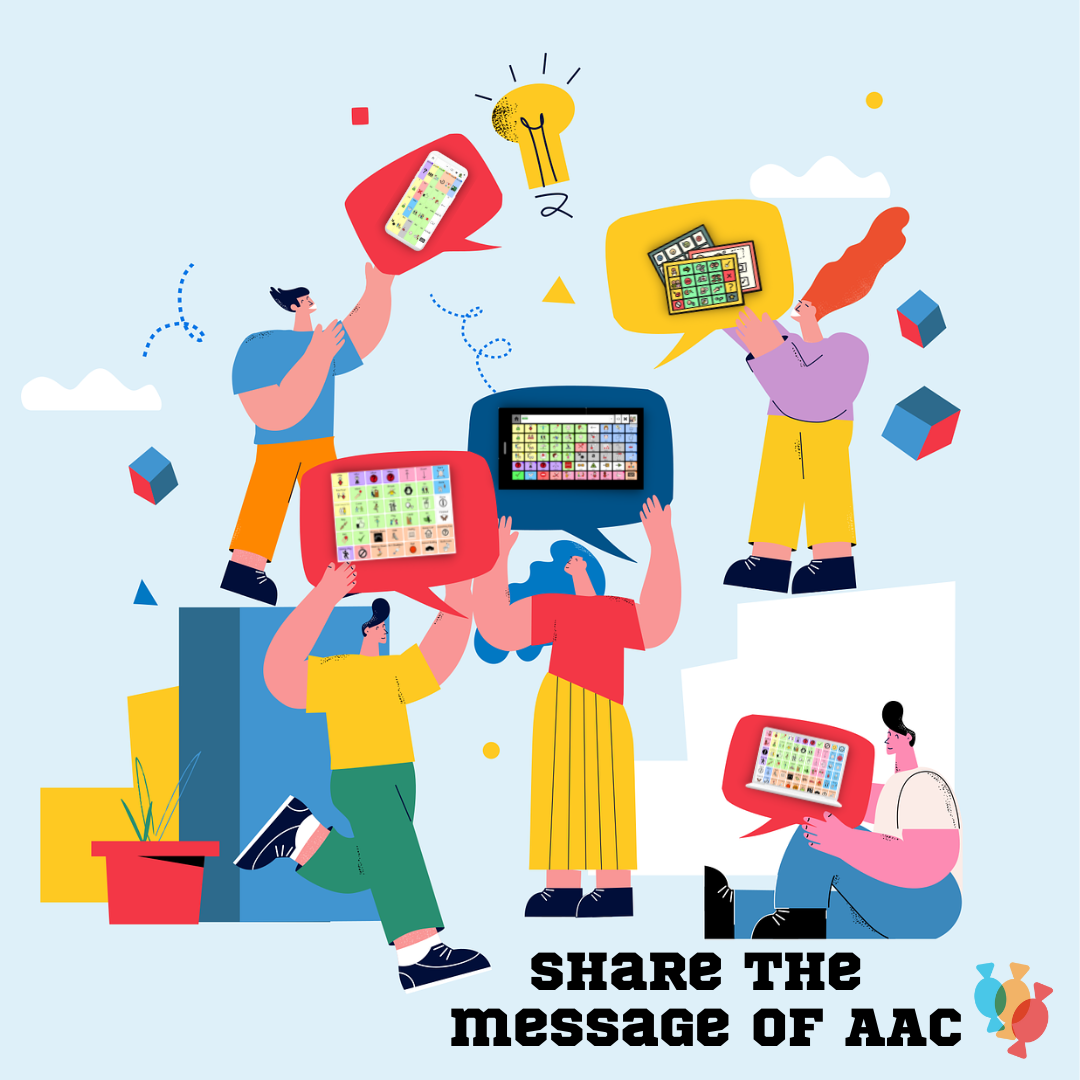Real Autonomy in AAC
Today we are excited to feature a post from Sara Pericolosi & Carolyn O'Hearn. This duo shared a wonderful presentation as part of AAC in the Cloud 2023 and aims to give some additional insights on communication and autonomy here.
Watch their AAC in the Cloud presentation, "Making the World a Bigger Place for AAC Users," through this link.
In order for Augmentative and Alternative Communication (AAC) users to be truly autonomous - in other words, to say what they want to say, when they want to say it, how they want to say it, and with whom they wish to communicate - they require access to individuals who can support their AAC use in all environments.
Traditional interventions for individuals with complex communication needs (CCN) focus on communication within the school setting; however, when students exit their educational programming, they not only need a way to communicate but a community with whom to communicate. Training communication partners within a community can improve an individual’s overall independence and quality of life.
Individuals with disabilities are at a greater risk for abuse and neglect. Presently, much of the training for communication partners occurs within school buildings, while parents/family members receive some training, and most community members receive little-to-no instruction on how to interact with AAC users. Lack of knowledge can perpetuate stereotypes, fear, and decreased opportunities for AAC users to authentically engage in their communities. AAC users are often avoided or overlooked when in the community. Many community environments such as stores, movie theaters, restaurants, etc. have not been designed to be inclusive of AAC users.

So how can we help create inclusive AAC communities? Awareness is often a great first step. Offering to host a conversation in which community members can listen to AAC users share their perspectives, ideas, and experiences may help not only increase awareness but also understanding.
For many in the community, they may not know what AAC is, how to engage in a conversation with an AAC user, or act as a supportive communication partner. Consider the local businesses and establishments in your community and focus on a few to start. Teach owners and employees how to create more supportive environments for AAC users. These businesses may display Communication Access Symbols or stickers that indicate their employees have been trained in how to be respectful and supportive communication partners of AAC users. Educate local law enforcement, first responders, and medical providers on the importance of supporting individuals with complex communication needs. Create resources that allow providers to have easy access to AAC supports to assist those who may be in trouble but without access to their own device. As you work with various groups within your community, provide simple tips such as speaking directly to the AAC user, using clear language, and watching for signs of confusion and clarifying or repeating as needed can all help create a more friendly AAC community.
The benefits of partnering with and educating community members far outweigh the risk of maintaining the status quo.
